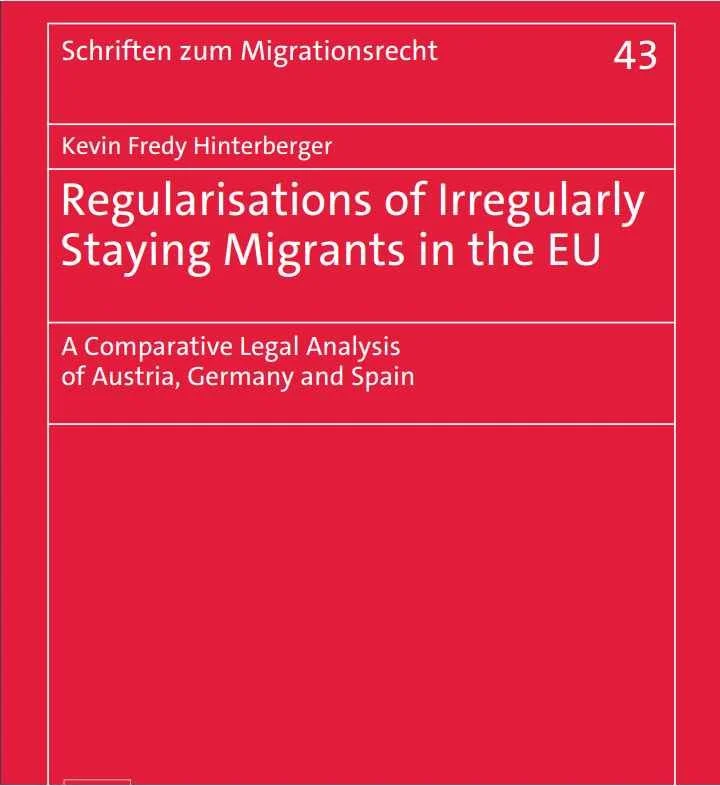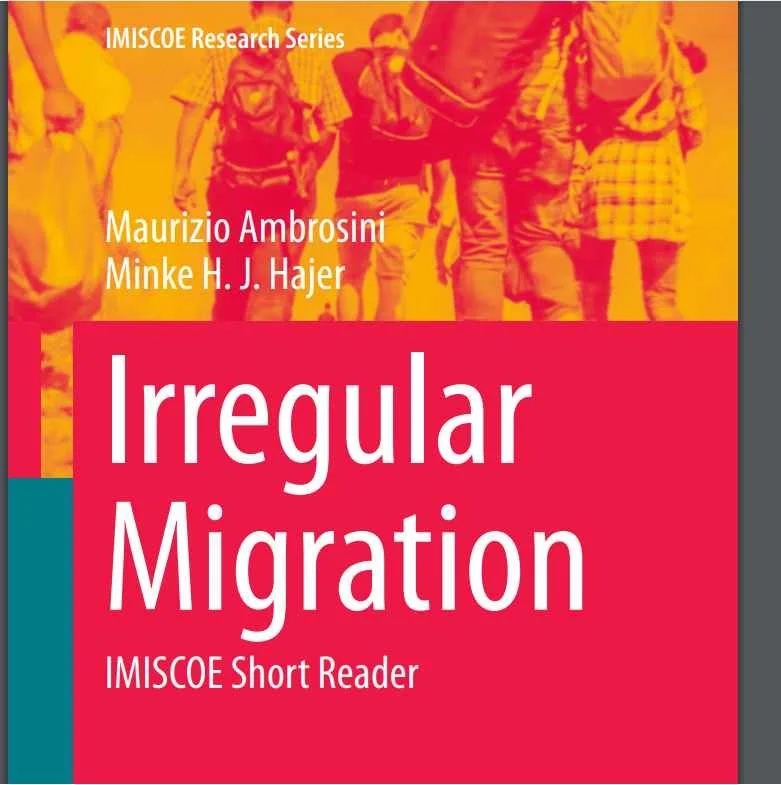Edited by Francesca Galli, Anne Weyembergh
Criminal law has undergone tremendous changes in the past decades. A number of new trends have been challenging the traditional features of “modern criminal law” as founded by Cesare Beccaria in the 18th century and developed thereafter. Some authors describe a process of “disengagement” from the fundamental principles upon which “modern criminal law” is based. They point to its corollary, the rise of the ideology of pragmatism, which, in the name of efficiency, is gradually transforming the whole philosophy underpinning the criminal justice system. Some of them thus refer to the “post-modernisation” of criminal law . Among the new trends affecting criminal justice systems, one of them has attracted considerable academic attention in the last few years. This is the so-called “Europeanisation process”, which is the result of the growing intervention of the EU in the area of criminal law. Criminal law and criminal procedure are deeply rooted in national sovereignty and had therefore been developed at national level only. However, since the entry into force of the Amsterdam Treaty, the EU has taken a lead in the approximation of criminal legislation and has developed new and closer cooperation mechanisms based on principles such as the mutual recognition of decisions in criminal matters . With the entry into force of the Lisbon Treaty, the EU’s scope for intervention in this field has been considerably broadened and its supranational nature strengthened, thereby challenging the narrow and profound link between criminal law and the nation state even more. Another new trend which criminal law and other legal disciplines are facing is the increasingly blurred dividing lines between legal categories. Several authors have highlighted the existence of a general blur . Various dimensions of this blur have been identified in legal literature . As will be highlighted by other authors in this book , the verb and the noun “blur” have rather negative connotations. As a verb, it is defined as the action of making or becoming vague or less distinct, of making less clear, of smearing or smudging. As a noun, “blur” means vague, hazy or indistinct . Law and lawyers are not at ease when faced with vagueness and lack of clarity. This is especially true for criminal law and criminal lawyers, as is demonstrated by the well-known principle of legality in its substantive dimension. As will be underlined by some authors in the following contributions, these blurred dividing lines can, however, also have a positive impact or at least give rise to a multitude of consequences that cannot all be categorised as negative. This is clear, for instance, when one thinks of the application of criminal procedural guarantees by administrative law or of the so-called Engel line of case law of the European Court of Human Rights (ECtHR). A growing blur can be observed between criminal and administrative law. Both fields of law have received numerous different definitions . The dividing line between them has never been clear . Their respective scope and/or the criteria dividing their respective jurisdiction can vary depending on the country concerned and on the “approach” followed. The criminal nature of proceedings and of penalties can indeed be considered in a formal or substantial manner. As it is well known in its above-mentioned Engel ruling, the ECtHR follows the second approach when considering whether national proceedings constitute a criminal charge in the sense of Article 6 ECHR . The blur between criminal and administrative law has different manifestations and has a wide variety of origins. The scope of both administrative and criminal law tends to expand. Criminal law is being introduced in fields in which the legislator traditionally adopted administrative measures and vice versa. Fields such as terrorism or trafficking in human beings, which have traditionally been governed by criminal law, are increasingly sprinkled with administrative measures or are becoming fields where administrative actors are increasingly involved. In some domains, a double enforcement/sanctioning system (administrative/criminal) has developed. However, by themselves, these trends do not necessarily result in a blur. A blur occurs when the scope of intervention and the division of functions between both kinds of measures, systems, actors or frameworks are not clear enough; when the two sets of applicable rules become indistinct and/or when there is cross-contamination whereby the interactions between both types of measures, actors or frameworks is not organised and overlaps are neither avoided nor regulated. So, in order to identify a blur, the following questions are of key importance: Are there clear criteria setting out when one or the other actor/framework, or both, should be involved? Are the rules applicable to one or the other framework/actor clearly defined and is there some kind of approximation between them? Is a system of double administrative and penal repression foreseen? Reflecting on the reasons for the growing blur between administrative and criminal law is quite interesting. As will be highlighted in the different contributions to this book, various factors arise, including the advantages of each of the different regimes , the need to find an effective way of dealing with certain kinds of crime that are becoming ever more complex, the need to develop a multidisciplinary/holistic approach towards some crimes, particularly trafficking in human beings, and the will and/or need to prevent crime, especially terrorism, etc. The purpose of this book is to study the combination of both of the abovementioned trends affecting criminal justice systems. The blur between administrative and criminal law has, of course, been around for a while and exists independently of the European Union. It is, for instance, embodied in the blurred line between measures belonging to punitive administrative law and criminal law measures . Up until now, this trend has mainly been analysed at the national level. However, it is interesting to reflect on the interaction between the Europeanisation of criminal law on the one hand and the increasingly blurred line between administrative and criminal law on the other hand. In this regard, the main question that arises is whether and to what extent the EU contributes to the blurred line; if it tries to limit it, control it and/or organise it.
Bruxelles, Editions de l’Université de Bruxelles, 2014. 259p.


























